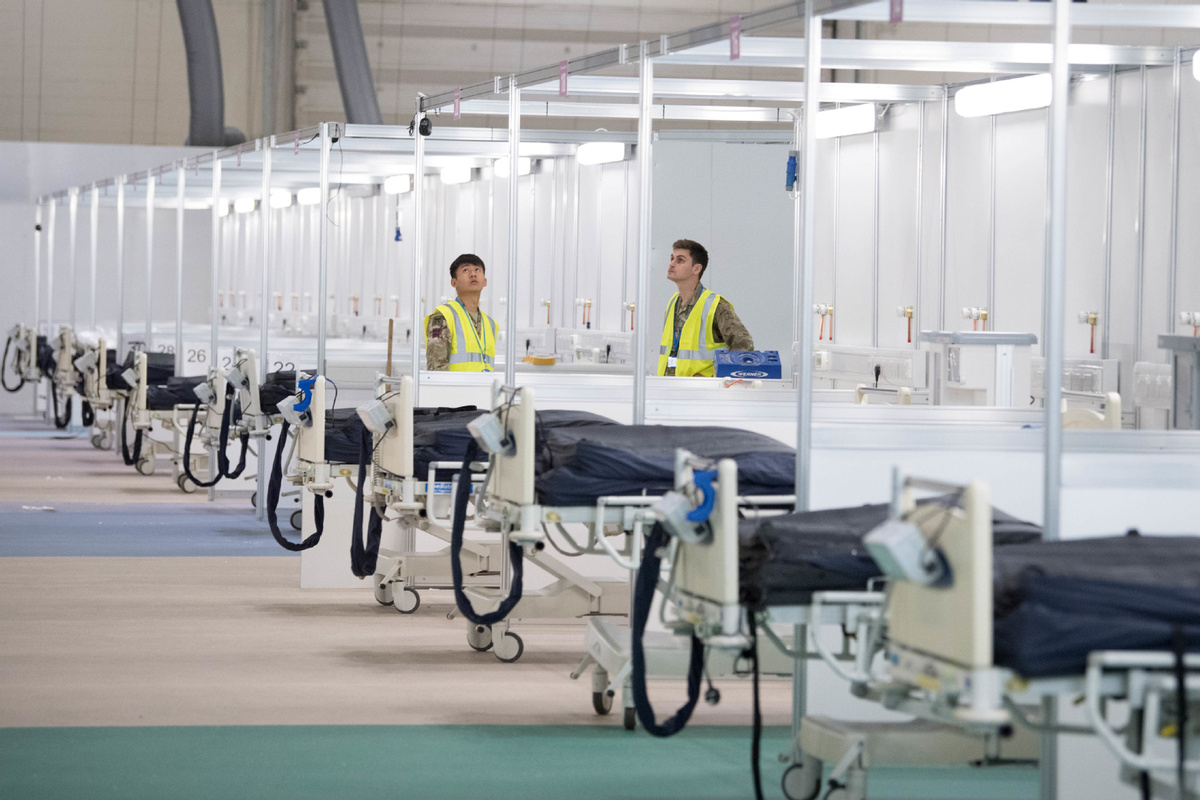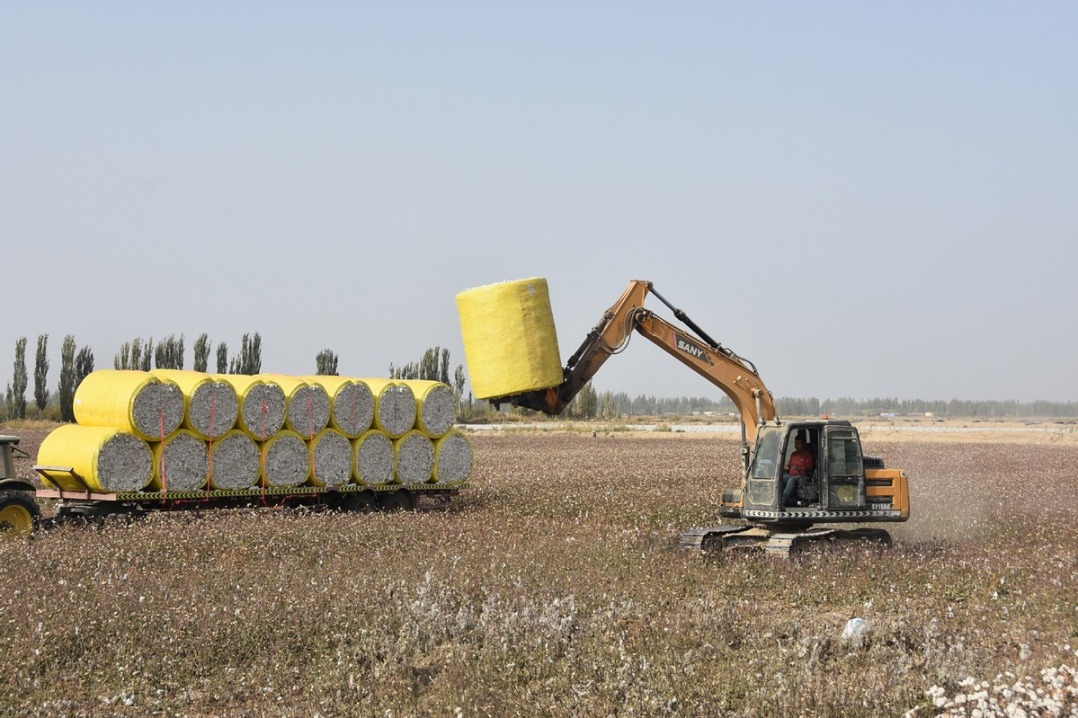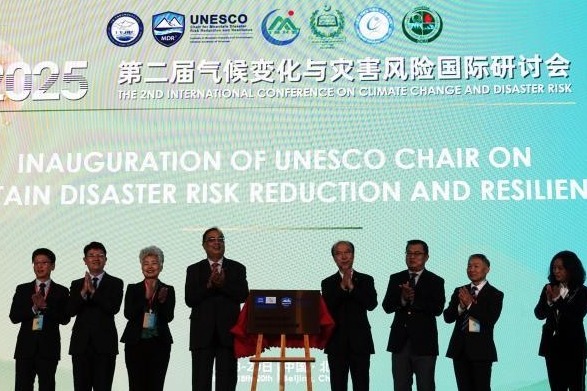Makeshift hospitals point the way
World follows example of temporary facilities, which were Wuhan's 'life vessels' at peak of outbreak


The concept of such hospitals has now been embraced worldwide, as nations struggling to provide treatment to increasing numbers of patients are erecting temporary hospitals or repurposing existing venues.
China started to build temporary hospitals on Feb 3 in Wuhan, and two days later, Wuchang Fangcang Hospital was the first to receive patients. The number of cases in the city was sharply increasing then, and hospitals were overwhelmed with patients.
Liu Juan, a community worker at Weiqun community in Wuhan's Jiang'an district, said it was very difficult for people in the community suspected of having the virus to be diagnosed and hospitalized for treatment in early February, due to a lack of beds.
Of all the 23 residents in the community who suspected they had the disease, only three were in a hospital then, with the others isolating themselves at home and taking drugs prescribed by doctors, she said.
Wang Chen, president of the Chinese Academy of Medical Sciences, who advocated for building temporary hospitals, said that only through transforming large existing venues such as sports stadiums and exhibition halls could authorities provide a large number of beds as quickly as possible to receive large numbers of patients.
In addition to providing beds for patients, the hospitals are also ideal isolation sites for patients with mild symptoms, so that those patients will not spread the disease by moving around like they did in residential communities, he said.
With the easing of the epidemic, the temporary hospitals began closing in the beginning of March. Wuchang Fangcang Hospital, which closed on March 10 after its final 49 patients were discharged, was also the last of the 15 hospitals to close.
The hospital, with 784 beds, received a total of 1,124 COVID-19 patients with mild symptoms during its 35 days of operation. No patients died in the hospital, and none of its medical staff were infected, according to Renmin Hospital of Wuhan University, its leading operator.
In total, 868 medical workers from 14 medical teams sent from nine provinces and municipalities across China participated in the treatment of patients in the temporary hospital.
- China Focus: Chinese scientists make breakthroughs in longer-lasting, safer solid-state batteries
- CPC's recommendations for new five-year plan prioritize building modernized industrial system, reinforcing real economy: official
- CPC Central Committee's recommendations outline major development objectives for 2026-2030 period: official
- Xi plays decisive role in formulating Party leadership's recommendations for 15th Five-Year Plan: official
- UN's 80th anniversary | The Road to peace
- Hit TV series and song go viral across the Strait




































